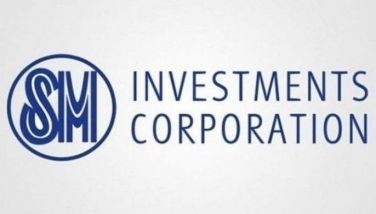Global air traffic continues to strengthen in July, says IATA
MANILA, Philippines - International scheduled air traffic in July showed continued strengthening of demand for both passenger and cargo traffic, data from the International Air Transport Association (IATA) showed.
The group said compared to July 2009, passenger demand was up 9.2 percent while scheduled freight traffic showed a 22.7-percent improvement.
IATA represents some 230 airlines, including those from the Philippines, comprising 93 percent of scheduled international air traffic.
These year-on-year comparisons for July were less than the June growth data showed 11.6 percent and 26.6 percent increases for passenger and cargo traffic respectively. The apparent slowdown was entirely due to the fact that by July 2009 traffic was already starting to recover. After adjusting for seasonality, the improvement in demand was faster in July than it was in June.
IATA said it is clear that the recovery has entered a slower phase. During the second half of 2009, demand was rebounding at an annualized rate of 12 percent for passenger and 28 percent for cargo. In the year to July, the annualized growth rates had dropped to eight percent for passenger and 17 percent for air freight. However, this is still considerably above the industry’s traditional six-percent growth trend.
“The recovery in demand has been faster than anticipated. But, as we look towards the end of the year, the pace of the recovery will likely slow. The jobless economic recovery is keeping consumer confidence fragile, particularly in North America and Europe. This is affecting leisure markets and cargo traffic. Following the boost of cargo demand from inventory re-stocking, further growth will be largely determined by consumer spending which remains weak,” IATA director general and CEO Giovanni Bisignani said.
July global passenger traffic was three percent higher than the pre-crisis levels of early 2008.
Asia-Pacific carriers outperformed the industry average with a 10.9 percent growth in July. This is consistent with the region’s 10.6 percent growth measured year-to-date. A July capacity increase of less than half the demand growth (5.1 percent) pushed load factors higher. Leading the industry recovery, the region’s carriers are expected to report a profit of $2.2 billion, the largest gain in dollar terms in 2010 compared to 2009.
Meanwhile, IATA reported that last month’s global cargo demand was four percent more than pre-crisis levels.
It said a slowdown in air freight markets is expected in the second half of the year as the economic cycle moves into a new phase. Extraordinary freight growth rates in late 2009 and early 2010 were supported by businesses re-stocking their inventories. With the re-stocking cycle completed, air freight demand will be driven by consumer spending and business capital expenditure. Weak consumer confidence in Europe and North America will be a negative factor. But strengthening corporate profits are supporting an increase in capital expenditure that could continue to drive robust freight growth.
“Improving demand is an important component of the recovery. But it must translate to the bottom line. The anticipated 2010 profit of $2.5 billion is only a 0.5 percent return on revenues. Hence, the financial situation of the industry remains fragile. We must go beyond recovery to secure sustainable profitability at levels exceeding the seven to eight percent cost of capital. For this, we need a change in the industry’s structure,” Bisignani added.
- Latest
- Trending





























